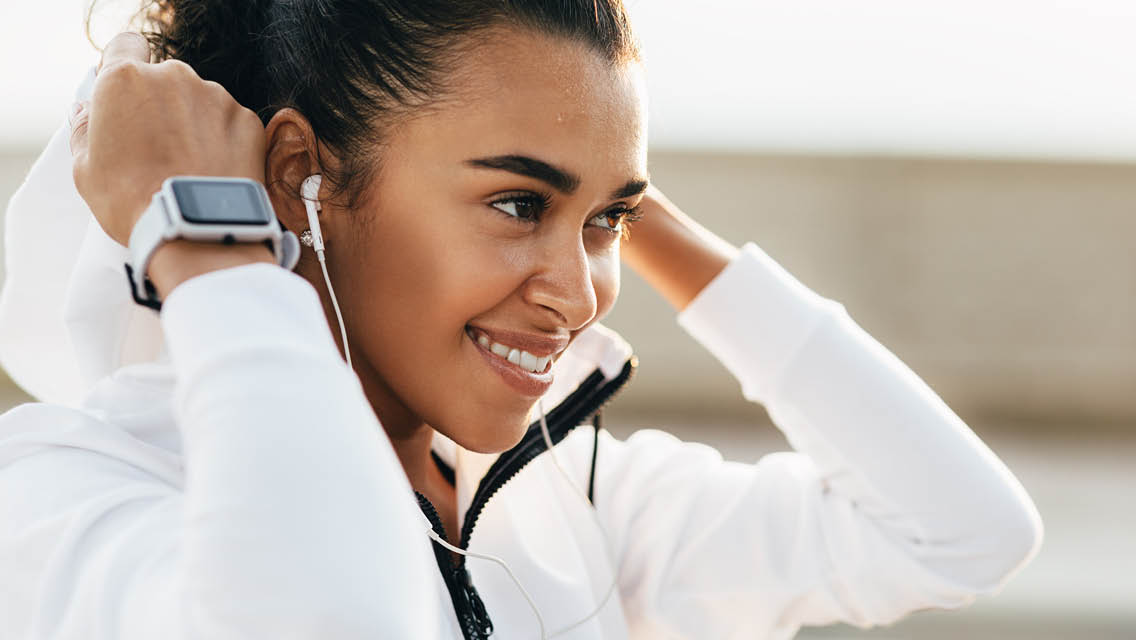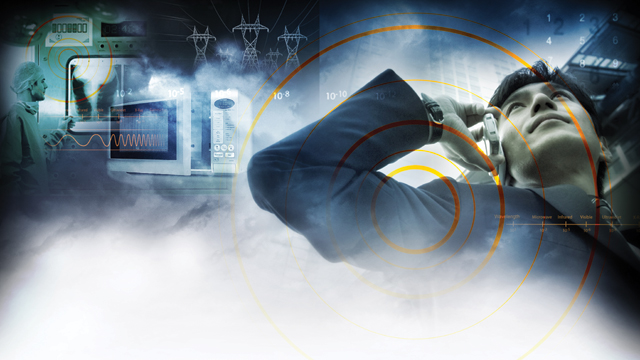Biotracking is now part of the everyday: watches that track your workout, rings that evaluate your sleep, bracelets that measure your activity level. If you want to keep tabs on your heart-rate variability or your blood pressure, your blood-oxygen saturation or how many steps you take, there’s a device out there that will tell you those measurements.
In the world of wearable tech, Michael Ruscio, ND, finds sleep-tracking devices to be the most beneficial. “I learned that when I go to bed at 10:30 p.m. and sleep for seven hours, my sleep is demonstrably better than when I go to bed at 12:30 a.m. and sleep for seven hours,” he says. And he notes that devices like the Oura Ring track not just sleep quantity, but quality, which is equally essential to overall health.
Some functional-medicine experts are less sure about the use of health-tracking devices, noting that wearable tech emits electromagnetic fields (EMFs), the effects of which are still mostly unknown.
“We have so many EMFs around us already that wearing them all the time is a little bit scary,” says Susan Blum, MD, MPH, founder of Blum Center for Health and assistant clinical professor at the Icahn School of Medicine. “If you want to track your heart rate while you work out, or you want to train up with a high-intensity program, I think wearing them for a short duration is fine. But I don’t believe in wearing something day and night.”
There’s also the risk of a little information becoming too much. “You’ll have people laboring over a specific metric,” says Ruscio, when a clinician could recognize that number as normal. If someone isn’t equipped to interpret their results, he adds, “these devices can create more neuroticism than they can be helpful.”
Yet many people enjoy real-time feedback and feel motivated by it. So, if you wear a health-tracking device, do it wisely. Use it to measure specific things, for a specific period of time (and not around the clock). View the data as a baseline, not as a perfect reflection.
“Some of these devices aren’t always very precise,” says Ruscio. (There are even studies that suggest their results can be skewed by darker-colored skin.) This doesn’t necessarily negate the value of the data, but it can temper how you interpret it.
As always, listening to the body is the original biofeedback, so don’t leave that data behind.
This was excerpted from “The Future of Health” which was published in the July/August 2021 issue of Experience Life magazine.




This Post Has 0 Comments